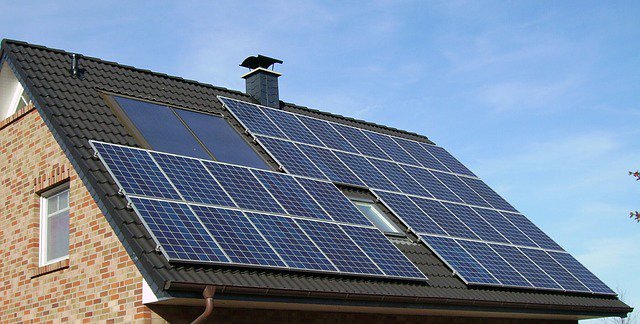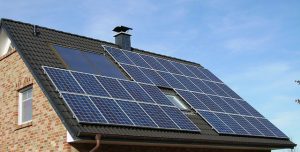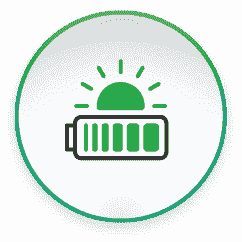Solar panel installations are booming – up 22 per cent in the first six months of the year, and there are now more than 1.8 million households with them.
But with panels costing thousands of pounds and most months in Britain struggling to match this summer’s sunshine, will they save you money? Before signing up there are some crucial things to consider to work out how long it will take for the cost to pay off.
Is your roof suitable?
The panels can be used to power your home, saving on your electricity bills. You can also be paid for exporting energy back to the grid, via a Smart Export Guarantee tariff.
The recipe for success requires your home to be suitable for them, with the size of your roof and the direction it faces key. Your roof’s size determines how many panels you can get, which will decide the potential output of your system.
A system’s energy generation is measured in peak kilowatts (kW) with an average system for a three-bedroom house delivering 3.5kW, according to the Energy Saving Trust.
The amount of roof space required depends on the efficiency and potential output of the panels you get. For example, it could be made up of ten x 350 watt panels, covering about 20m2 of the roof.
Ideally, your roof will be south-facing. East or west-facing roofs will also work, but it is not recommended to install panels on a north-facing roof. A pitched roof is preferable, but a flat roof can work. Panels can also go on a shed or garage.
Read more: MSN






